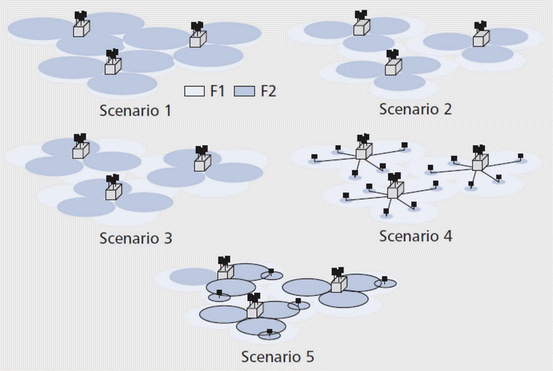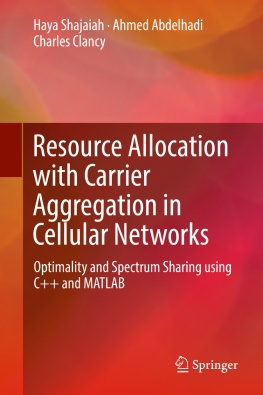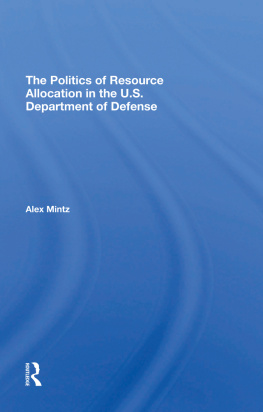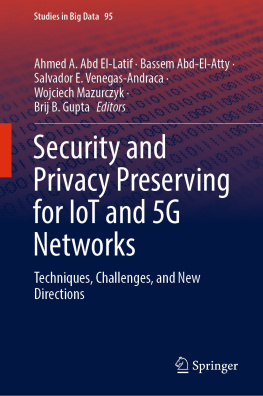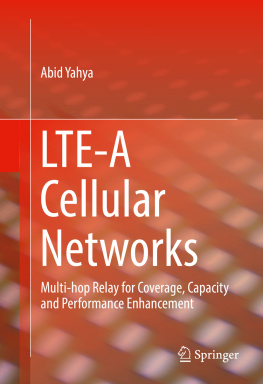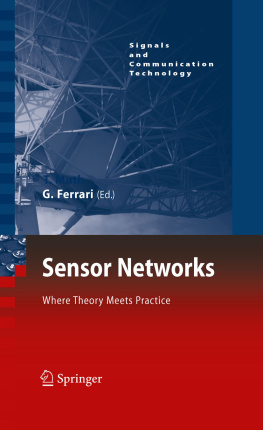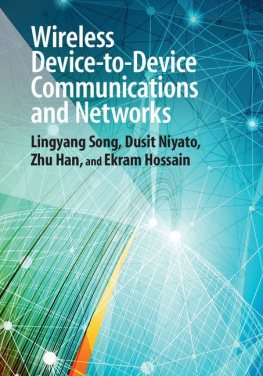In recent years, the number of mobile subscribers and their traffic has increased rapidly. Mobile subscribers are currently running multiple applications, simultaneously, on their smart phones that require a higher bandwidth and make users so limited to the carrier resources. Multiple services are now offered by network providers such as mobile-TV and multimedia telephony [].
1.1 Motivation and Background
Carrier aggregation is one of the most distinct features of 4G systems including LTE-Advanced. Given the fact that LTE requires wide carrier bandwidths to utilize such as 10 and 20MHz, CA needs to be taken into consideration when designing the system to overcome the spectrum scarcity challenges. With the CA being defined in []. Many operators are willing to add the CA feature to their plans across a mixture of macro cells and small cells. This will provide capacity and performance benefits in areas where small cell coverage is available while enabling network operators to provide robust mobility management on their macro cell networks.
The non-contiguous carrier aggregation task is a challenging. The challenges are both in hardware implementation and joint optimal resource allocation. Hardware implementation challenges are in the need for multiple oscillators, multiple RF chains, more powerful signal processing, and longer battery life [].
Increasing the utilization of the existing spectrum can significantly improve network capacity, data rates, and user experience. Some spectrum holders such as government users do not use their entire allocated spectrum in every part of their geographic boundaries most of the time. Therefore, the National Broadband Plan (NBP) and the findings of the Presidents Council of Advisors on Science and Technology (PCAST) spectrum study have recommended making the under-utilized federal spectrum available for secondary use []. This band is very favorable for commercial cellular systems such as LTE-Advanced systems. Therefore, innovative methods are required to make spectrum sharing between radars and cellular systems a reality.
Beside CA capability, next-generation wireless networks need to support diverse QoS requirements of multiple applications since different applications require different applications performance. Furthermore, certain types of users may require to be given priority when allocating the network resources (i.e., such as public safety users) which needs to be taken into consideration when designing the resource allocation framework.
The public safety wide area wireless communication system is currently separate from the commercial cellular networks. Industries are willing to support both communities by providing a common technology. Release 12 of 3GPP LTE standards has enhanced LTE to support public safety requirements. Advanced standards such as LTE provide multimedia capabilities and voice and messages services at multi-megabit per second. The services that public safety networks provide such as communications for police, fire, and ambulance require systems development to meet the communication needs of emergency services. A common technical standard for commercial and public safety users provides advantages for both. The public safety systems market is much smaller than the commercial cellular market which makes it unable to attract the level of investment that goes in to commercial cellular networks and this makes a common technical standards for both the best solution. The public safety community gains access to the technical advantages provided by the commercial cellular networks whereas the commercial cellular community gains enhancement in their systems and make it more attractive to consumers. The USA has reserved spectrum in the 700MHz band for an LTE based public safety network. The current public safety standards support medium speed data which drives the need of new technology. An efficient resource allocation framework is needed for cellular networks that support both of commercial and public safety communities and takes into consideration that users applications should not be treated evenly for both communities.
1.2 Carrier Aggregation
1.2.1 Motivation for Developing Carrier Aggregation with a QoE approach
Historically, mobile communications researchers have focused on the important aspect of quality of service (QoS) for improving network service performance, as shown in [].
Various wireless standards were considered when improving QoS. For instance, QoS improvement with energy efficiency consideration was studied in [].
Cross-layer design of OSI model was considered for QoS improvement [].
For QoS and QoE improvement, resource allocation optimization problem had been considered in [].
The idea of using multi-carrier has been driven by the rapid data user growth and the increasing demand for resources, e.g., carrier aggregation with resource allocation []. With the increasing number of applications and their required bandwidth, smart phones now require large bandwidth allocations which makes them limited to the network resources. The peak data rates required by International Mobile Telecommunications-Advanced (IMT-Advanced) can be satisfied by LTE-Advanced as it supports wider bandwidth by using the carrier aggregation feature.
Carrier aggregation is also needed because of the fact that the current frequency spectrum is highly segmented [] shows the current frequency allocation table for the US and how segmented the spectrum is. Fragmented spectrum can be utilized more efficiently by aggregating non-contiguous carriers.
Fig. 1.1
US frequency spectrum allocation
The overall goal of carrier aggregation is to provide an enhanced QoS for mobile users throughout the cell by combining peak capacities available at different frequencies, providing more consistent QoS to users by utilizing unused capacity available at other frequencies, improving mobility, and enabling interference management.
1.2.2 Deployment Scenarios for Carrier Aggregation
Different deployment scenarios have been considered for the design of LTE-Advanced carrier aggregation [ shows five different deployment scenarios with two component carriers F1 and F2. The five scenarios are described below.
Fig. 1.2
Carrier aggregation deployment scenarios with F2 > F1 []
Scenario 1:
Cells with the two carrier frequencies are collocated and overlaid in the same band. Both frequencies F1 and F2 almost have the same coverage area. Carrier aggregation enables a higher achievable data rates throughput the cell.
Scenario 2:
Cells with the two carriers are collocated and overlaid in different bands. Different carriers have different coverage because higher frequency bands have larger path loss. Higher frequency bands carriers are used to improve data rates.
Scenario 3:
Cells with the two carriers are colocated in different bands. To improve the throughput of cell edge, the antennas for cells of F2 are directed to the cell boundaries of F1. Carrier aggregation is applied for areas with overlapping coverage.

